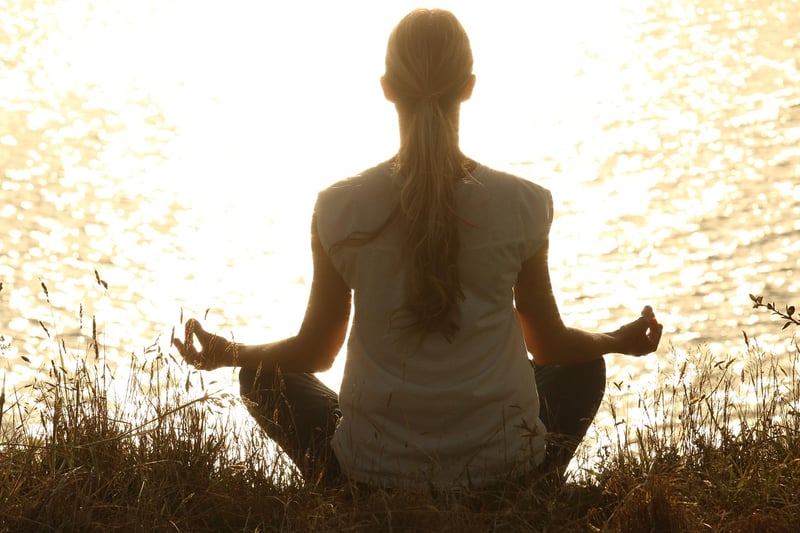Pranayama Practices
Techniques to Enhance Breathing + Pranayama Practices
Breathing is a fundamental aspect of our existence, yet many of us do not pay attention to how we breathe. Proper breathing techniques not only improve our physical health but also enhance our mental well-being. In this article, we will explore various techniques to enhance breathing and delve into the ancient practice of Pranayama for overall well-being.
1. Diaphragmatic Breathing
Also known as belly breathing, diaphragmatic breathing involves breathing deeply into the abdomen rather than shallowly into the chest. To practice diaphragmatic breathing, lie down or sit comfortably, place one hand on your chest and the other on your abdomen. Inhale deeply through your nose, feeling your abdomen rise, then exhale through your mouth, feeling it fall. Repeat this for several breaths.

2. Box Breathing
Box breathing is a simple yet effective technique used by many to manage stress and anxiety. To practice box breathing, inhale deeply for a count of four, hold the breath for a count of four, exhale for a count of four, and then hold the breath for a count of four before repeating the cycle.

3. Alternate Nostril Breathing
Alternate nostril breathing is a Pranayama technique that helps balance the left and right hemispheres of the brain, promoting relaxation and mental clarity. To practice, sit comfortably, place your right thumb on your right nostril, inhale through the left nostril, then close the left nostril with your ring finger, exhale through the right nostril, inhale through the right nostril, switch fingers to close the right nostril, exhale through the left nostril, and continue alternating.

4. Kapalabhati
Kapalabhati, also known as the Skull-Shining Breath, is a cleansing Pranayama technique that involves short, powerful exhales and passive inhales. To practice Kapalabhati, sit comfortably, take a deep inhale, then forcefully exhale through the nose by contracting the abdomen. The inhale should happen naturally as the abdomen relaxes. Start with a few rounds and gradually increase the pace.

By incorporating these breathing techniques and Pranayama practices into your daily routine, you can experience improved lung capacity, reduced stress, increased focus, and enhanced overall well-being. Remember to practice these techniques regularly to reap their full benefits.
Start your journey towards better breathing today!
